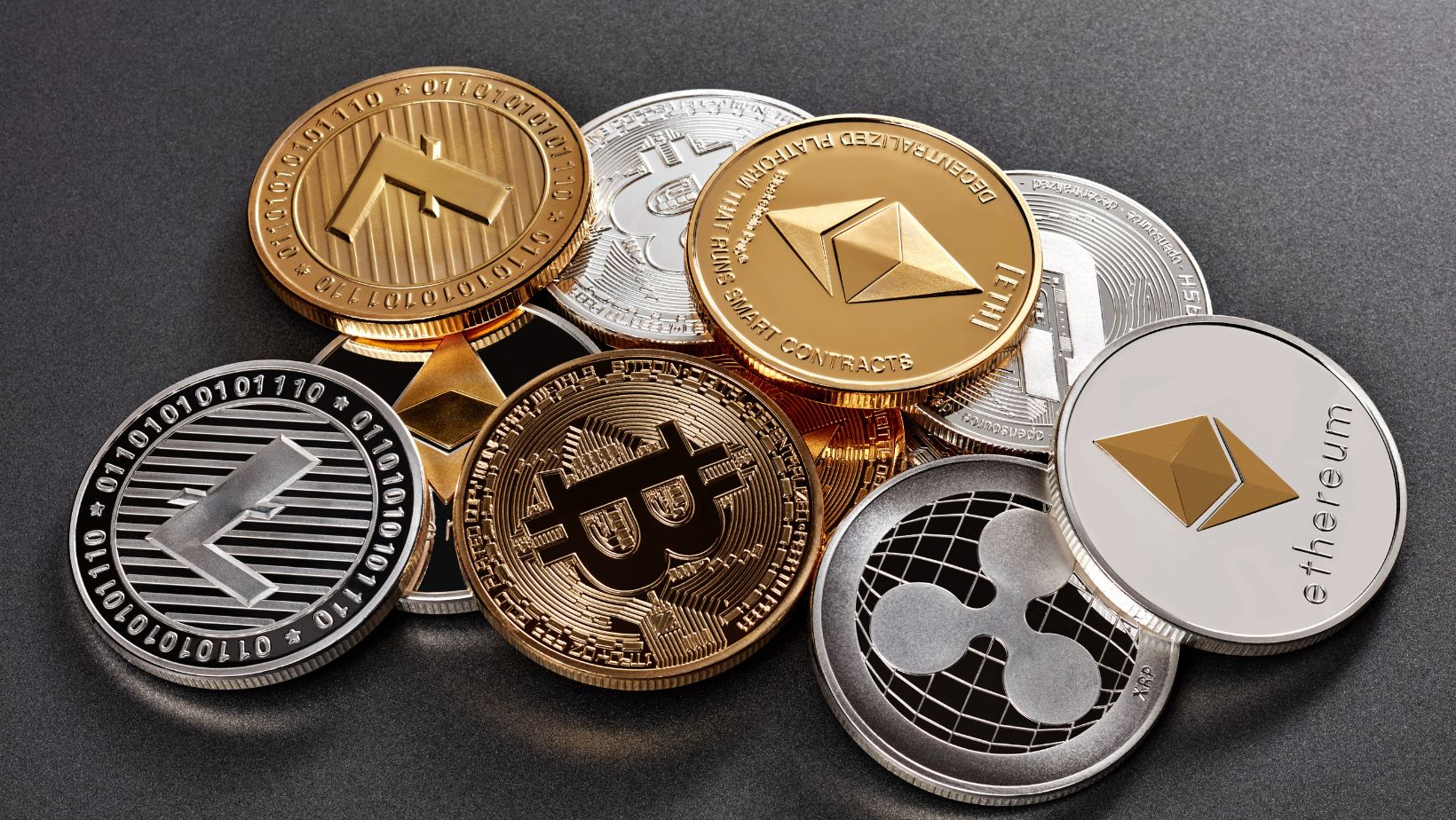Ever wondered what the yield curve is trying to tell us? When this financial indicator flips, it often signals economic turbulence ahead. Yield curve inversions have been rare but powerful predictors of recessions. Understanding how often these inversions occur and what triggers them can offer valuable insights, potentially helping us prepare for what lies around the corner. Altrix Quantum offers insights into the frequency and implications of yield curve inversions.
Chronicles of Past Inversions: A Timeline of Significant Yield Curve Inversions Over the Last Century
Imagine you’re flipping through the pages of history, where the economy’s pulse can be felt through the yield curve. Over the last hundred years, there have been several moments when this curve inverted, signaling storms on the economic horizon.
For instance, let’s start with the Great Depression in 1929. The yield curve inversion of that era is often seen as a harbinger of the economic calamity that followed. Moving forward to the 1970s, we saw multiple inversions. It was like the economy couldn’t catch a break, with inflation and oil crises adding to the drama. Fast forward to the early 2000s, the dot-com bubble burst, and the yield curve had inverted again in 2000, just as if it were ringing a warning bell.
But the most talked-about inversion in recent memory happened in 2006-2007. This inversion preceded the Global Financial Crisis, where the world saw economies buckle under the pressure. So, what’s the takeaway?
These inversions don’t happen in isolation—they are often woven into the fabric of economic downturns. It’s like nature giving us a heads-up before a storm. Each of these events serves as a reminder that while yield curve inversions are rare, their appearance often marks a turning point in the economic narrative.
Identifying Cycles: How Often These Inversions Typically Occur and the Factors Influencing Their Frequency
Yield curve inversions aren’t everyday occurrences. They’re more like that rare event that pops up just often enough to keep everyone on their toes. Over the last century, these inversions have typically occurred every decade or so, but there’s no strict timetable.

Sometimes, they come like clockwork, while other times, they surprise us out of the blue. What makes these cycles even more interesting is that they’re influenced by a mix of factors. For instance, changes in monetary policy play a big role. When central banks hike short-term interest rates too aggressively, they can inadvertently cause the yield curve to invert.
Inflation expectations also throw their hat in the ring. If investors believe inflation is going to drop in the future, they might accept lower yields on long-term bonds, contributing to an inversion. Then, there’s economic growth—or the lack of it. When growth slows down, the demand for long-term bonds goes up, pushing their yields down and increasing the chances of an inversion.
It’s a bit like a puzzle, where different pieces—interest rates, inflation, economic growth—all come together to determine when and how often these inversions occur. While we can’t predict them with absolute certainty, understanding these cycles and the factors at play can help us stay prepared for the next one.
Macroeconomic Catalysts: What Triggers Yield Curve Inversions?
Yield curve inversions are like the economy’s way of sending a smoke signal. But what triggers these signals? Several macroeconomic factors come into play. Imagine an economy as a complex machine where every gear affects the others. One of the biggest gears is monetary policy.
When central banks raise short-term interest rates, they’re usually trying to curb inflation or cool down an overheating economy. However, if they raise rates too much or too quickly, it can lead to an inversion. It’s like tightening a screw until it snaps.

Another catalyst is investor behavior. If investors expect a slowdown or a recession, they often flock to the safety of long-term bonds. This drives up bond prices and lowers their yields, contributing to an inversion. Think of it as a herd of animals moving to higher ground before a flood.
Additionally, global economic conditions can’t be ignored. Events like a financial crisis in a major economy or geopolitical tensions can also push investors toward long-term bonds, affecting the yield curve.
Inflation expectations also stir the pot. If investors believe inflation will be lower in the future, they’re more likely to buy long-term bonds at lower yields, which can help flip the curve. So, while yield curve inversions are rare, they’re triggered by a mix of domestic policies, global events, and investor psychology. Understanding these triggers can help us read the signals better and possibly navigate the economic landscape with a bit more foresight.
Conclusion
Yield curve inversions might seem like small blips on the financial radar, but they often precede major economic shifts. By grasping their frequency and underlying causes, we can better navigate potential downturns. Staying informed and seeking expert advice could be the key to making smart financial decisions in uncertain times.



